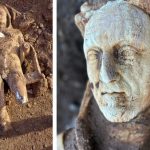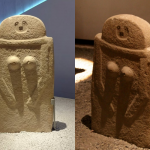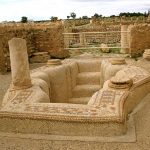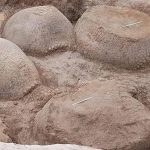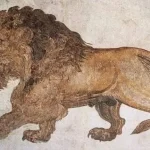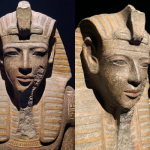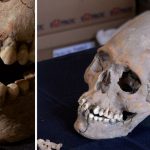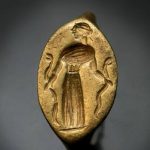Unusual Female Burial with Weapons in 10th-Century Hungary
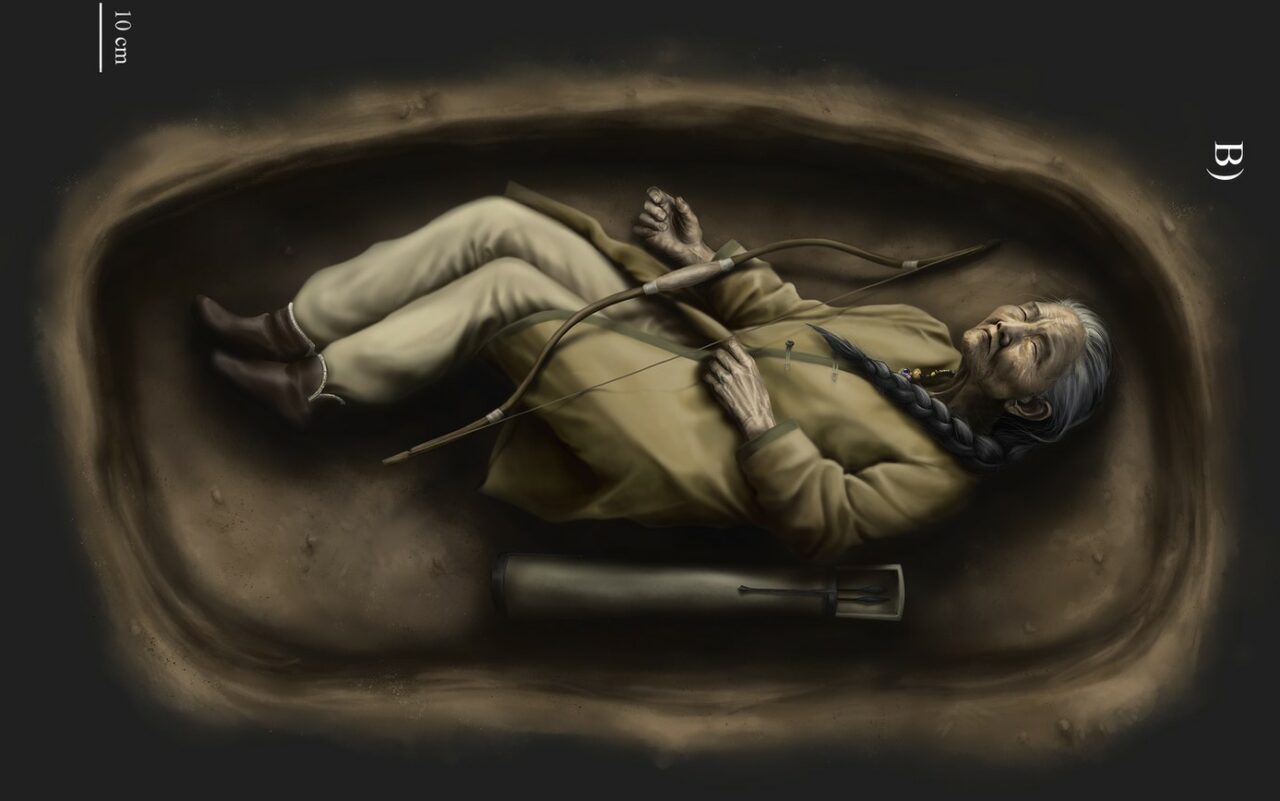
A woman buried with archery equipment in 10th-century Hungary presents an unusual case, though this does not necessarily indicate that she was a warrior. According to a new DNA analysis, the remains found in a 10th-century cemetery in Hungary—previously assumed to be male due to the presence of weaponry—actually belonged to a woman. However, due to the unique nature of her burial, researchers have refrained from definitively labeling her as a warrior.
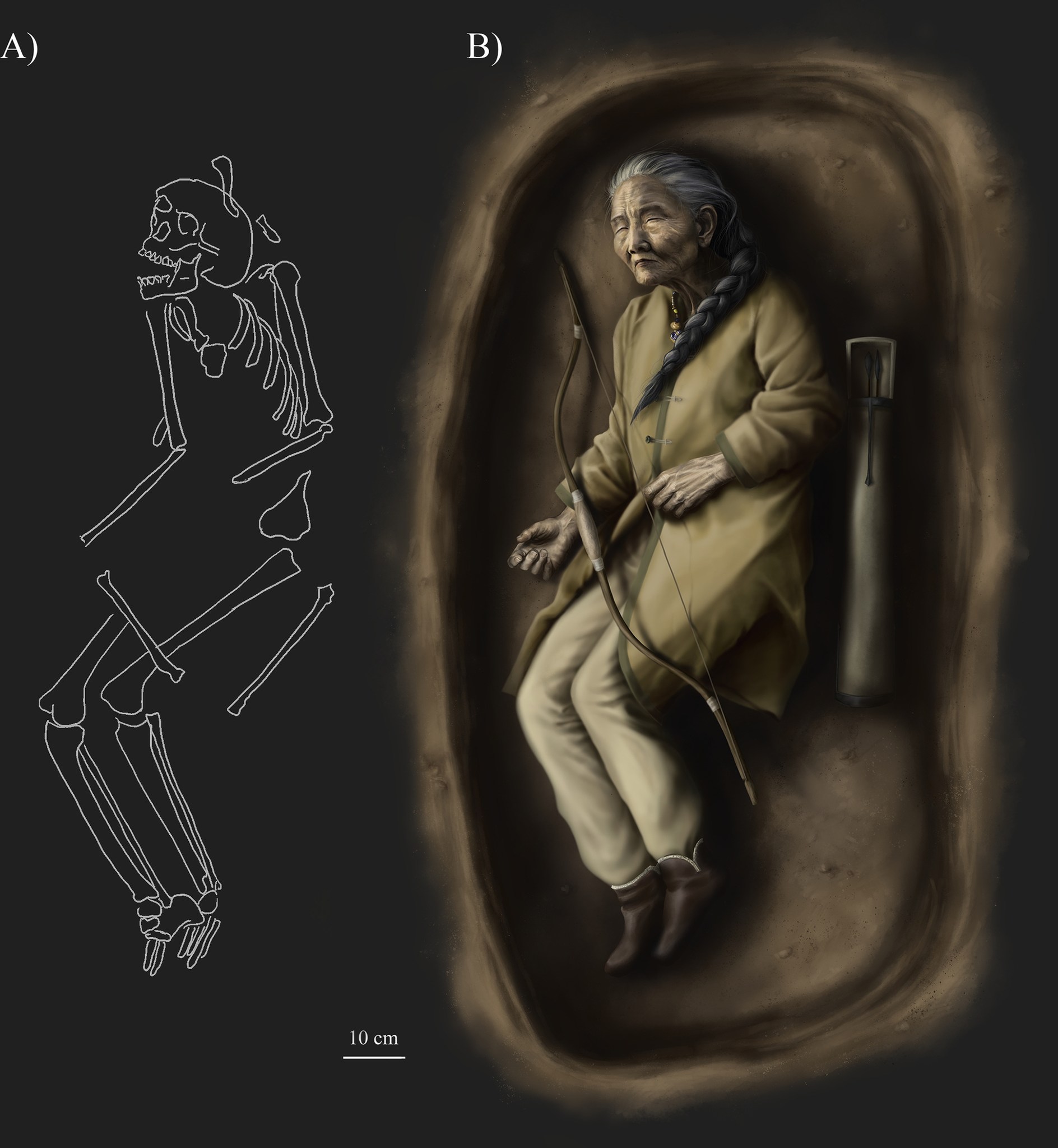
“Determining the possible ‘occupation’ of the individual is a complex issue,” wrote Balázs Tihanyi, a bioarchaeologist at the University of Szeged, and colleagues in their study published on November 26 in the journal PLOS One. They noted that the woman “may have had a lifestyle similar to other individuals buried with weapons in the cemetery.”
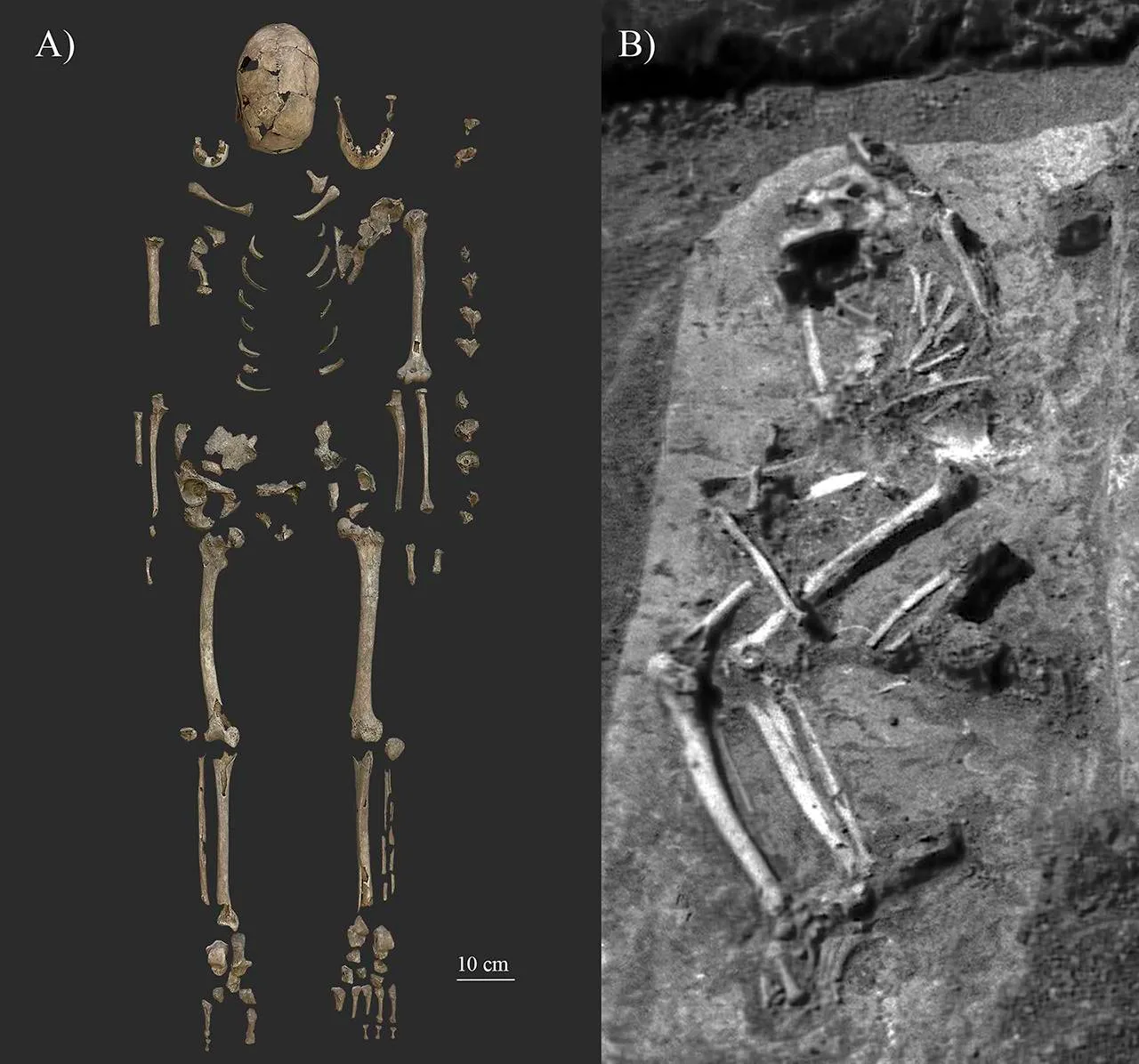
Her grave was one of 262 excavated in the early 1980s at the Sárrétudvari-Hízóföld (SH) archaeological site in east-central Hungary. Dating to the period of the Hungarian Conquest, the cemetery included men and women of all ages. Among these burials, 58 contained archery-related artifacts such as arrowheads, quivers, or bow plates. However, only one of these weapon-associated graves also featured jewelry typically found in female burials. This particular grave, designated SH-63, prompted further investigation by Tihanyi and his team, who analyzed both the skeletal remains and DNA.

Their findings revealed that SH-63 belonged to an older adult female with notably lightweight bones, suggesting a possible case of osteoporosis. Moreover, the skeleton exhibited several healed fractures: the right upper arm had been broken in two places, and both shoulder blades had also sustained fractures. These injuries may have resulted from a fall onto an outstretched arm—a common occurrence among elderly women with osteoporosis.
Interestingly, similar injuries were observed in male individuals buried with weapons and horse-riding gear at the same site. Further analysis of SH-63’s bones and joints suggested that she likely participated in repetitive physical activities, such as horseback riding.

